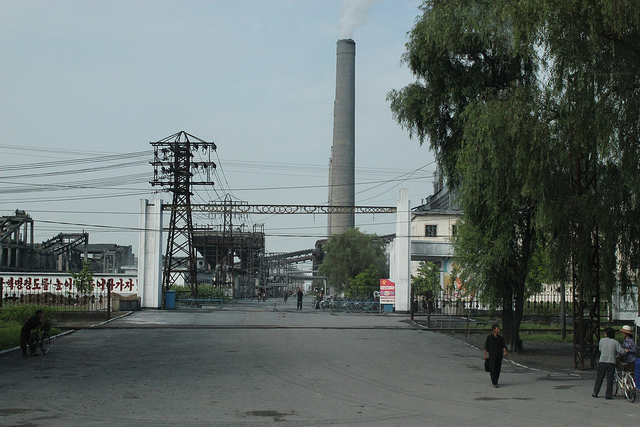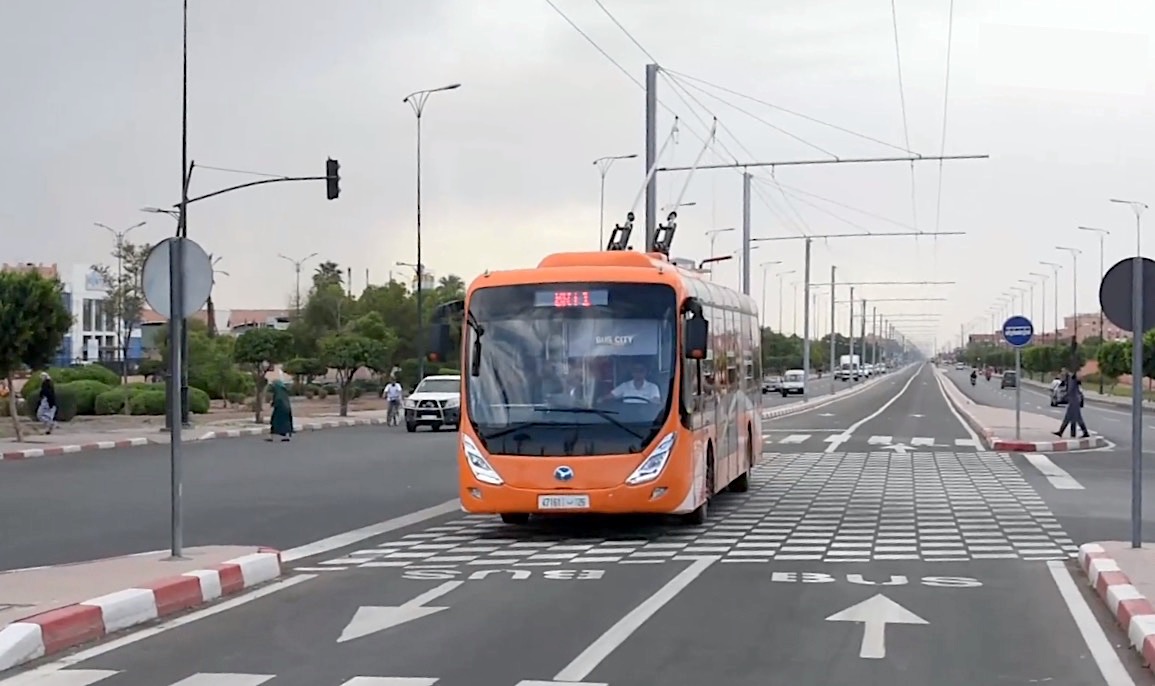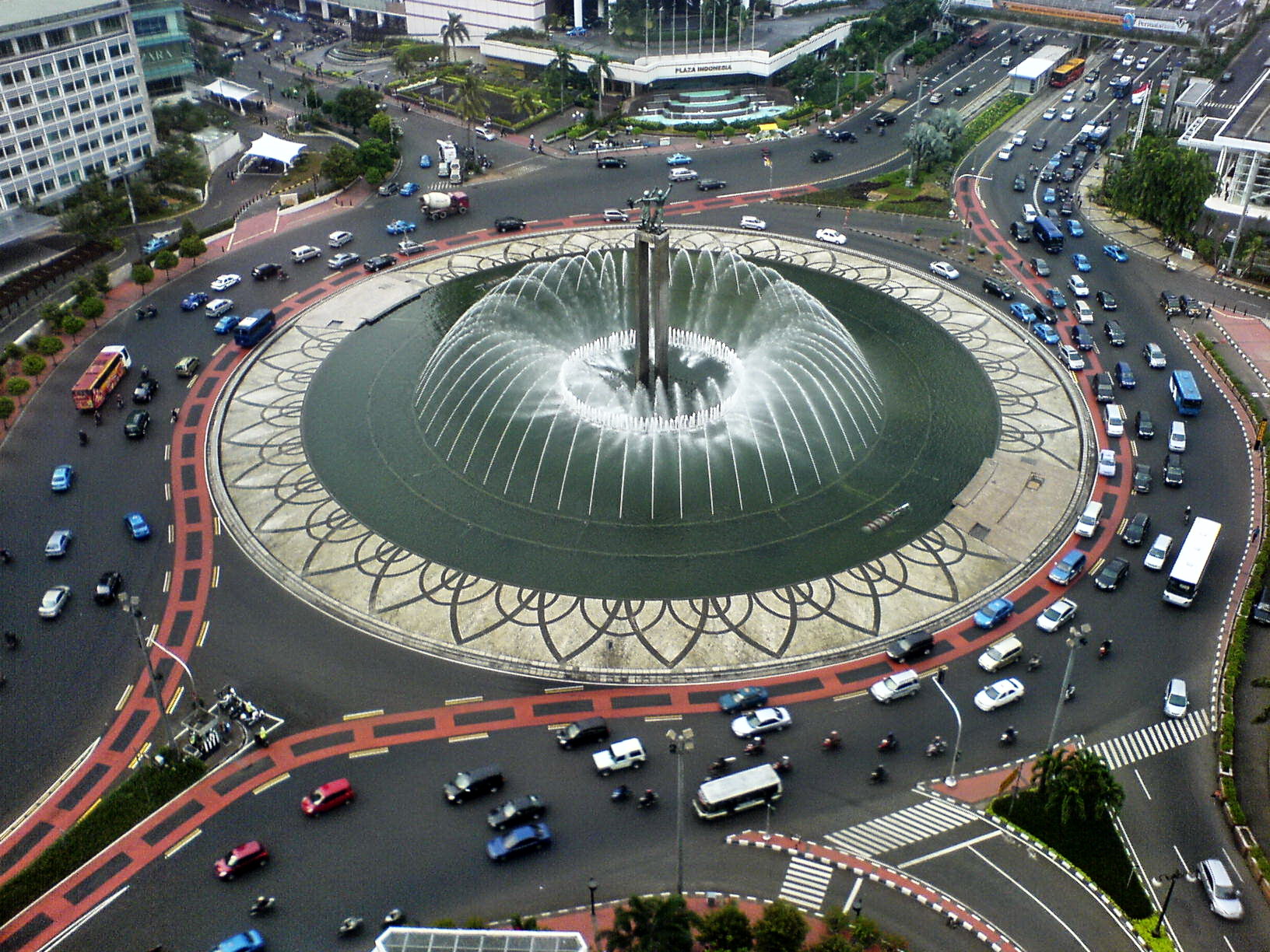|
Transport In North Korea
Transport in North Korea is constrained by economic problems and government restrictions. Public transport predominates, and most of it is electrified. Restrictions on freedom of movement Tourism in North Korea, Travel to North Korea is tightly controlled. The standard route to and from North Korea is by plane or train via Beijing. Transport directly to and from South Korea was possible with Vip Family Zone Tour and travel within the cities on a limited scale from 2003 until 2008, when a road was opened (bus tours, no private cars). Freedom of movement in North Korea is also limited, as citizens are not allowed to move around freely inside their own country. On October 14, 2018, North and South Korea agreed to restore inter-Korean rail and road transportation. On November 22, 2018, North and South Korea reopened a road on the Korean border which had been closed since 2004. On November 30, 2018, inter-Korean rail transportation resumed when a South Korean train crossed into North K ... [...More Info...] [...Related Items...] OR: [Wikipedia] [Google] [Baidu] |
Youth Hero Motorway
The Youth Hero Motorway (), also known as the Pyongyang–Nampo Motorway, is a expressway in North Korea that connects the cities of Pyongyang, the capital of the country, and Nampo, a city on the coast of Korea Bay in South Pyongan Province. Construction began in November 1998, and the expressway opened in October 2000. It is classified as a level 1 roadway. The motorway is one of many Stakhanovite "speed battle" projects commissioned by the Workers' Party and carried out rapidly by youth brigades under difficult working conditions. The project involved carrying 14 million cubic metres of earth and included over 80 irrigation structures, 50 bridges, and over 3 million cubic metres of asphalt. Supreme Leader Kim Jong-il inspected the motorway and complimented the youth brigades on November 13 following its opening. In the event of an armed conflict, the highway serves a defense purpose, allowing tank divisions of the Korean People's Army The Korean People's Army (KPA; ) ... [...More Info...] [...Related Items...] OR: [Wikipedia] [Google] [Baidu] |
Vinylon
Vinylon, also known as Vinalon (more common in Korean sources), is a synthetic fiber produced from reaction between polyvinyl alcohol (PVA) fiber and formaldehyde. Chemically it is polyvinyl formal (PVF). Vinylon was first developed in Japan in 1939 by , Ri Sung-gi, and H. Kawakami. In North Korea, Ri Sung-gi found a route to produce PVA from domestic anthracite (black coal) and limestone as raw materials. Trial production began in 1954 and in 1961 the massive "Vinylon City" was built in Hamhung, North Korea. Vinylon's widespread usage in North Korea is often pointed to as an example of the implementation of the ''Juche'' philosophy, and it is known as the ''Juche'' fiber. PVF, in fiber form, is a useful thermoplastic resin on its own, most commonly used as electric wire insulation. Applications Vinylon is the national fiber of North Korea and is used for the majority of textiles, outstripping fiber such as cotton or nylon, which is produced only in small amounts in North K ... [...More Info...] [...Related Items...] OR: [Wikipedia] [Google] [Baidu] |
Hamhung
Hamhŭng (''Hamhŭng-si''; ) is North Korea's List of cities in North Korea, second-most populous city, the capital of South Hamgyong, South Hamgyŏng Province and the 16th largest city in the Korea, Korean Peninsula. Located in the southern part of the South Hamgyong province, Hamhung is the main and most populous metropolitan area in the province. Hamhung was Urban planning, centrally planned and built by the government of North Korea. Administrative divisions Hamhŭng is Administrative divisions of North Korea#Second-level divisions, divided into 7 ''guyŏk'' (wards): Geography Hamhŭng is on the left branch of the Chongchon River, Ch'ŏngch'ŏn River, on the eastern part of the Hamhŭng plain (), in South Hamgyŏng Province, northeast North Korea. Its highest point is Mount Tonghŭng, which is high. Climate Hamhung has a humid continental climate (Köppen climate classification: ''Dwa''), with warm, humid summers, and moderately cold, dry winters. Being located by the S ... [...More Info...] [...Related Items...] OR: [Wikipedia] [Google] [Baidu] |
Soho Line
The Sŏho Line is an electrified narrow gauge railway line of the Korean State Railway in Hamhŭng-si, North Korea, running from Hamhŭng to Hŭngnam and Sŏho.Kokubu, Hayato, 将軍様の鉄道 (Shōgun-sama no Tetsudō), History During the Japanese colonial era, the privately owned Sinhŭng Railway built a network of narrow-gauge railways around Hamhŭng. These were the Hamnam Line, the Jangjin Line, and the Songheung Line opened between 1923 and 1933, and the Namhŭng Line, which was opened in three sections between 1934 and 1936. The Sinhŭng Railway was bought by the Chosen Railway on 22 April 1938. After the defeat of Japan in the Pacific War and the subsequent partition of Korea, the entirety of the line, being north of the 38th parallel, was located in the Soviet zone of occupation; on 10 August 1946, the Provisional People's Committee for North Korea nationalised all railways within its jurisdiction, including the Namhŭng Line, and it has since been o ... [...More Info...] [...Related Items...] OR: [Wikipedia] [Google] [Baidu] |
List Of Trolleybus Systems
This is a list of cities where trolleybuses operate, or operated in the past, as part of the public transport system. The original list has been divided to improve user-friendliness and to reduce article size. Separate lists—separate articles in Wikipedia—have been made for the following countries: *Americas **List of trolleybus systems in Brazil, Brazil **List of trolleybus systems in Canada, Canada **List of trolleybus systems in the United States, United States *Europe (''Note:'' countries not listed here are included in ''this'' article; see ''Contents'' table below) **List of trolleybus systems in France, France **List of trolleybus systems in Germany, Germany **List of trolleybus systems in Italy, Italy **List of trolleybus systems in Russia, Russia **List of trolleybus systems in Spain, Spain **List of trolleybus systems in Switzerland, Switzerland **List of trolleybus systems in Ukraine, Ukraine **List of trolleybus systems in the United Kingdom, United Kingdom This p ... [...More Info...] [...Related Items...] OR: [Wikipedia] [Google] [Baidu] |
Dongfeng Motors
Dongfeng Motor Corporation Ltd. is a Chinese state-owned automobile manufacturer headquartered in Wuhan, Hubei. Founded in 1969, it is currently the smallest of the " Big Four" state-owned car manufacturers of China with 671,000 sales in 2023, below SAIC Motor, Changan Automobile and FAW Group. The company develops and markets vehicles under its own branding, such as M-Hero, Voyah, Aeolus, Forthing, as well as under foreign-branded joint ventures such as Dongfeng Honda, Dongfeng Nissan and Dongfeng Peugeot-Citroën (all via subsidiary Dongfeng Motor Group). In 2021, foreign-branded cars took 79% of sales. In addition to commercial and consumer vehicles, it also manufactures parts and cooperates with foreign companies. As a state-owned enterprise of China, Dongfeng is controlled and managed by SASAC, which under Chinese law performs the functions of an investor. History Background and founding During the Korean war, there was a need for trucks to be used on the battlefie ... [...More Info...] [...Related Items...] OR: [Wikipedia] [Google] [Baidu] |
Electric Bicycle
An electric bicycle, e-bike, electrically assisted pedal cycle, or electrically power assisted cycle is a bicycle with an integrated electric motor used to assist propulsion. Many kinds of e-bikes are available worldwide, but they generally fall into two broad categories: bikes that assist the rider's pedal-power (i.e. pedelecs) and bikes that add a throttle, integrating moped-style functionality. Both retain the ability to be Bicycle pedal, pedaled by the rider and are therefore not electric motorcycles. E-bikes use Rechargeable battery, rechargeable batteries and typically are motor-powered up to . High-powered varieties can often travel up to or more than . Depending on local laws, many e-bikes (e.g., ''pedelecs'') are legally classified as bicycles rather than mopeds or motorcycles. This exempts them from the more stringent laws regarding the certification and operation of more powerful two-wheelers which are often classed as electric motorcycles, such as licensing and mand ... [...More Info...] [...Related Items...] OR: [Wikipedia] [Google] [Baidu] |
38 North
''38 North'' is a website devoted to analysis about North Korea. Its name refers to the 38th parallel north which passes through the Korean peninsula and from 1945 until the start of the Korean War in 1950 divided the peninsula into North and South Korea. Formerly a program of the US-Korea Institute at Johns Hopkins University's Paul H. Nitze School of Advanced International Studies, it is now housed at the Stimson Center and is directed by Senior Fellow Jenny Town. Notable contributors include nuclear scientist Sigfried Hecker, former Associated Press Pyongyang Bureau Chief Jean H. Lee, cybersecurity expert James Andrew Lewis, and North Korea Tech founder Martyn Williams. Satellite imagery analysis ''38 North'' is an authoritative source of policy and technical analysis regarding North Korea's internal and external affairs. It aims to facilitate an informed public policy debate about peace and security on the Korean Peninsula and provide policymakers, practitioners and o ... [...More Info...] [...Related Items...] OR: [Wikipedia] [Google] [Baidu] |
Roundabout
A roundabout, a rotary and a traffic circle are types of circular intersection or junction in which road traffic is permitted to flow in one direction around a central island, and priority is typically given to traffic already in the junction.''The New Shorter Oxford English Dictionary,'' Volume 2, Clarendon Press, Oxford (1993), page 2632 In the United States, engineers use the term modern roundabout to refer to junctions installed after 1960 that incorporate design rules to increase safety. Compared to stop signs, traffic signals, and earlier forms of roundabouts, modern roundabouts reduce the likelihood and severity of collisions greatly by reducing traffic speeds through horizontal deflection and minimising T-bone and head-on collisions. Variations on the basic concept include integration with tram or train lines, two-way flow, higher speeds and many others. For pedestrians, traffic exiting the roundabout comes from one direction, instead of three, simplifying the p ... [...More Info...] [...Related Items...] OR: [Wikipedia] [Google] [Baidu] |
Reunification Highway
A political union is a type of political entity which is composed of, or created from, smaller politics or the process which achieves this. These smaller polities are usually called federated states and federal territories in a federal government; they are called prefectures, regions, or provinces in the case of a centralised government. This form of government may be created through voluntary and mutual cession and is described as ''unionism'' by its constituent members and proponents. In other cases, it may arise from political unification, characterised by coercion and conquest. The unification of separate states which, in the past, had together constituted a single entity is known as ''reunification''. Unlike a personal union or real union, the individual constituent entities may have devolution of powers but are subordinate to a central government or coordinated in some sort of organization. In a federalised system, the constituent entities usually have internal aut ... [...More Info...] [...Related Items...] OR: [Wikipedia] [Google] [Baidu] |
Left- And Right-hand Traffic
Left-hand traffic (LHT) and right-hand traffic (RHT) are the practices, in bidirectional traffic, of keeping to the left side or to the right side of the road, respectively. They are fundamental to traffic flow, and are sometimes called the '' rule of the road''. The terms right- and left-hand ''drive'' refer to the position of the driver and the steering wheel in the vehicle and are, in automobiles, the reverse of the terms right- and left-hand ''traffic''. The rule also includes where on the road a vehicle is to be driven, if there is room for more than one vehicle in one direction, and the side on which the vehicle in the rear overtakes the one in the front. For example, a driver in an LHT country would typically overtake on the right of the vehicle being overtaken. RHT is used in 165 countries and territories, mainly in the Americas, Continental Europe, most of Africa and mainland Asia (except South Asia and Thailand), while 75 countries use LHT, which account for about a ... [...More Info...] [...Related Items...] OR: [Wikipedia] [Google] [Baidu] |






